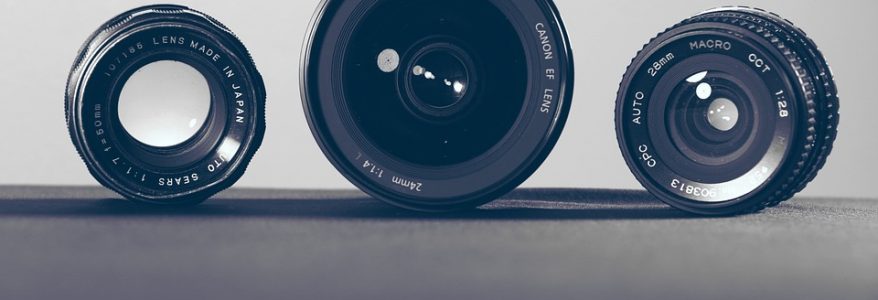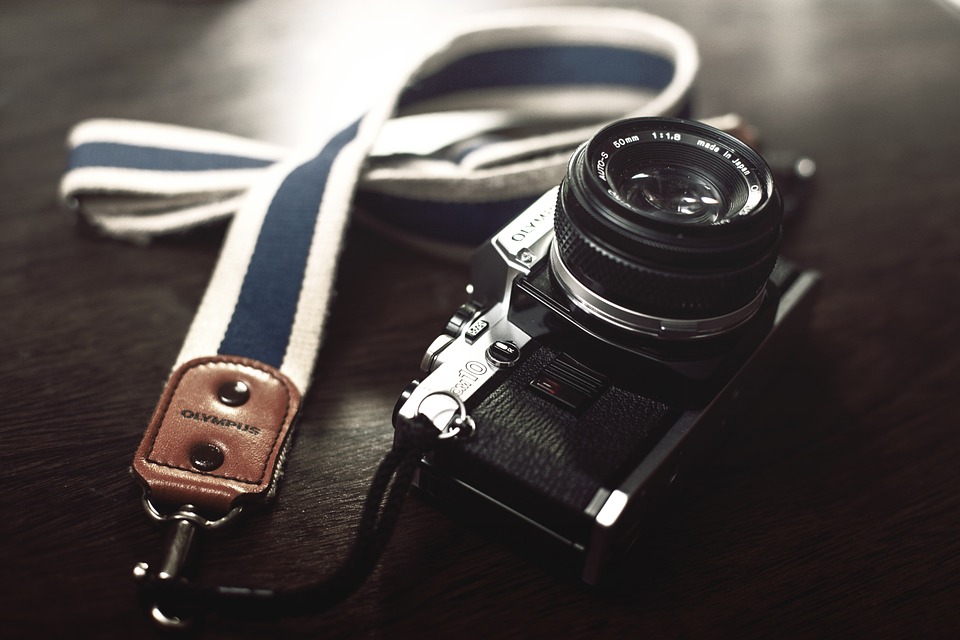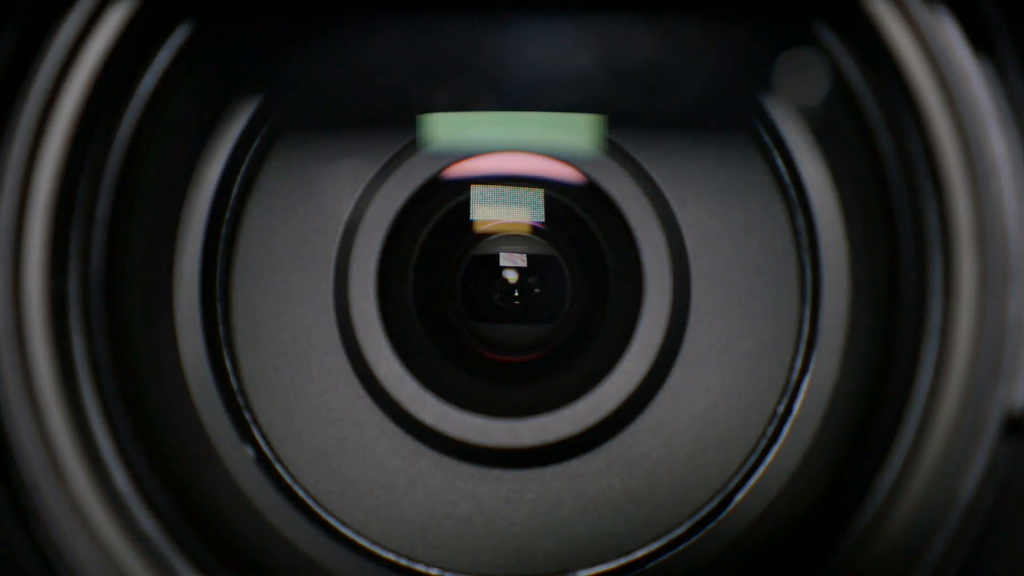
How to Use Extreme Camera Lenses in Your Photography
Photography with Extreme Lenses
Ultrawide and ultralong lenses are at the extreme limit of optical design. The can produce some dramatic visual effects. However, they are challenging to use and expensive so choosing the right camera lens is important.
The ultrawide –angle lens makes it easy to produce astounding pictures due to the dramatic perspective you get. To add to the effect get down low and point the camera upward.
Ultrawide-angle lenses
The focal length of ultrawide-angle lenses is 20mm or less. It is difficult to make these lenses render straight lines and it is difficult designing a lens with good optical performance at these angles also. A shorter focal length is used by ‘fish-eye’ lenses. The battle to reproduce straight line has been totally abandoned and a spherical view of the world is created with these lenses. That is why they are called ‘fish-eye’. You must check the specification of lenses in the 15-20mm range as some will be fish-eyes and other genuine wide-angled. Be advised not to fall for cheap lens for Canon 80d, which might not give you the desired result.
These ultrawide angle lenses can be difficult to use. It is important the camera is kept level when shooting to avoid dramatically converging verticals (keystoning). Many architectural photographers will use a tripod in association with a spirit level to ensure their camera is level.

You may also find you cannot use filters with ultrawide-angle lenses which is a disadvantage. The front element of the lens may be so curved it protrude too far out. The angle of view will be so wide that the edges of the frame the filter fittings intrude into the edges of the frame.
Ultralong telephoto lenses
A standard telephoto lens is fairly common for most photographers to have. More extreme lenses with a focal length of 400mm or longer are known as ultralong or telescopic lenses and can create problems in regard to weight and magnification. Hand holding them for a few seconds may prove impossible because of the weight. To use them you will need them mounted on a very sturdy tripod.
Hand-holding the camera with an ultralong telephoto lens attached is not viable; at these magnifications the slightest movement is drastically multiplied so the tripod has to come into play.
Teleconverters
Teleconverters make it possible to increase the focal lengths of lenses. As a supplementary lens they fit between the camera body and the lens. Teleconverters magnify an image by fixed amounts such as 14X, 2X and 3X. They are an alternative to long-range telephoto lenses and are much cheaper. They do have drawbacks and the most serious is they reduce maximum aperture of the lens. A 1.4X converter reduces the aperture by 1 stop, a 2X by 2 stops etc. The risk of camera-shake or subject movement in low grade light levels is increased with the reduction in the aperture size.
Uses of extreme lenses
An ultrawide-angle lens may prove to be the only way you will able to capture the subject in its entirety from the viewpoint available. This makes it ideal for architectural photograph.

Whether they are small or large other lenses will make it very difficult to fully capture the inside of buildings without an ultrawide-angle lens. You can only capture details or sections with other lenses.
You will need an ultra-telephoto lens to fill the frame with individual players where sports are taking place on a large field.
An ultra-telephoto lens will be essential at air shows if you wish to photograph airplanes in action, mainly because the public is kept well back from the display area.
A wide variety of camera lens choices is important for any photographer.




